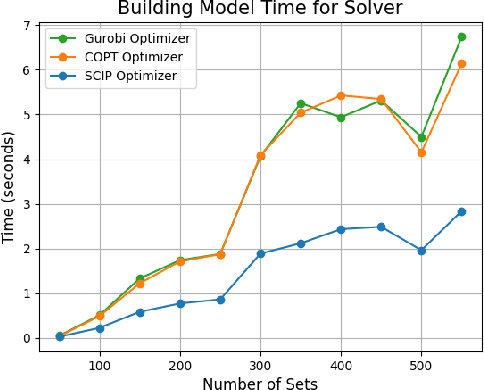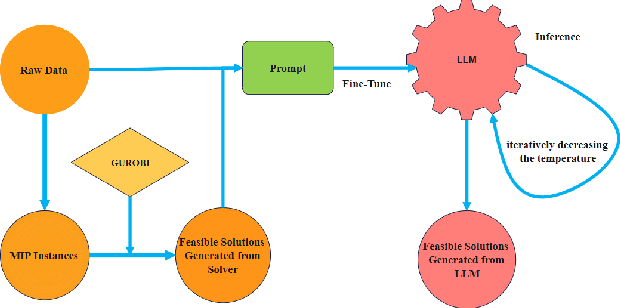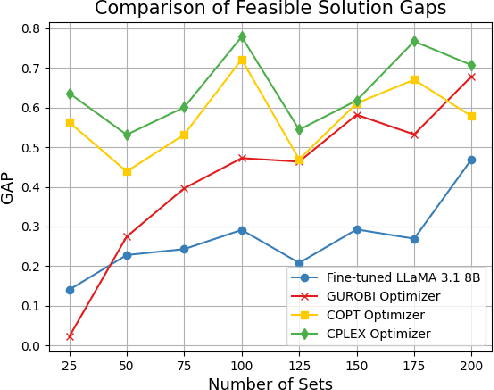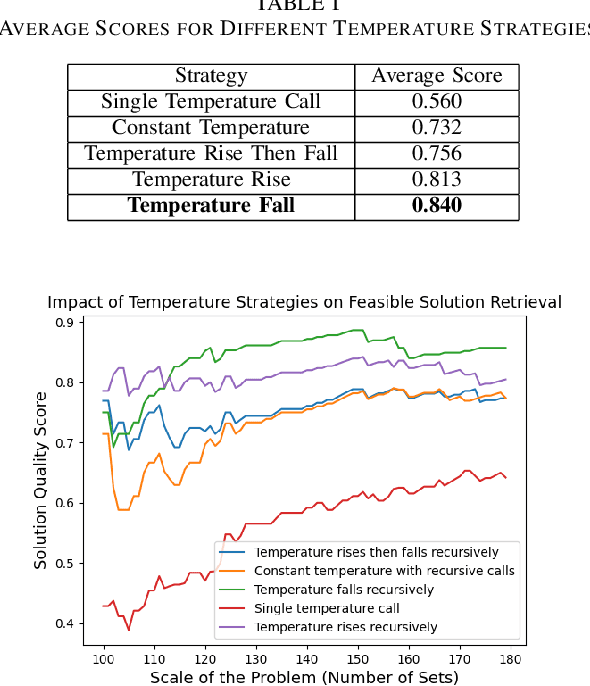Taijie Chen
Teaching-Inspired Integrated Prompting Framework: A Novel Approach for Enhancing Reasoning in Large Language Models
Oct 10, 2024



Abstract:Large Language Models (LLMs) exhibit impressive performance across various domains but still struggle with arithmetic reasoning tasks. Recent work shows the effectiveness of prompt design methods in enhancing reasoning capabilities. However, these approaches overlook crucial requirements for prior knowledge of specific concepts, theorems, and tricks to tackle most arithmetic reasoning problems successfully. To address this issue, we propose a novel and effective Teaching-Inspired Integrated Framework, which emulates the instructional process of a teacher guiding students. This method equips LLMs with essential concepts, relevant theorems, and similar problems with analogous solution approaches, facilitating the enhancement of reasoning abilities. Additionally, we introduce two new Chinese datasets, MathMC and MathToF, both with detailed explanations and answers. Experiments are conducted on nine benchmarks which demonstrates that our approach improves the reasoning accuracy of LLMs. With GPT-4 and our framework, we achieve new state-of-the-art performance on four math benchmarks (AddSub, SVAMP, Math23K and AQuA) with accuracies of 98.2% (+3.3%), 93.9% (+0.2%), 94.3% (+7.2%) and 81.1% (+1.2%). Our data and code are available at https://github.com/SallyTan13/Teaching-Inspired-Prompting.
Leveraging Large Language Models for Solving Rare MIP Challenges
Sep 03, 2024



Abstract:Mixed Integer Programming (MIP) has been extensively applied in areas requiring mathematical solvers to address complex instances within tight time constraints. However, as the problem scale increases, the complexity of model formulation and finding feasible solutions escalates significantly. In contrast, the model-building cost for end-to-end models, such as large language models (LLMs), remains largely unaffected by problem scale due to their pattern recognition capabilities. While LLMs, like GPT-4, without fine-tuning, can handle some traditional medium-scale MIP problems, they struggle with uncommon or highly specialized MIP scenarios. Fine-tuning LLMs can yield some feasible solutions for medium-scale MIP instances, but these models typically fail to explore diverse solutions when constrained by a low and constant temperature, limiting their performance. In this paper, we propose and evaluate a recursively dynamic temperature method integrated with a chain-of-thought approach. Our findings show that starting with a high temperature and gradually lowering it leads to better feasible solutions compared to other dynamic temperature strategies. Additionally, by comparing results generated by the LLM with those from Gurobi, we demonstrate that the LLM can produce solutions that complement traditional solvers by accelerating the pruning process and improving overall efficiency.
Dynamic Adjustment of Matching Radii under the Broadcasting Mode: A Novel Multitask Learning Strategy and Temporal Modeling Approach
Dec 09, 2023Abstract:As ride-hailing services have experienced significant growth, the majority of research has concentrated on the dispatching mode, where drivers must adhere to the platform's assigned routes. However, the broadcasting mode, in which drivers can freely choose their preferred orders from those broadcast by the platform, has received less attention. One important but challenging task in such a system is the determination of the optimal matching radius, which usually varies across space, time, and real-time supply/demand characteristics. This study develops a Transformer-Encoder-Based (TEB) model that predicts key system performance metrics for a range of matching radii, which enables the ride-hailing platform to select an optimal matching radius that maximizes overall system performance according to real-time supply and demand information. To simultaneously maximize multiple system performance metrics for matching radius determination, we devise a novel multi-task learning algorithm that enhances convergence speed of each task (corresponding to the optimization of one metric) and delivers more accurate overall predictions. We evaluate our methods in a simulation environment specifically designed for broadcasting-mode-based ride-hailing service. Our findings reveal that dynamically adjusting matching radii based on our proposed predict-then-optimize approach significantly improves system performance, e.g., increasing platform revenue by 7.55% and enhancing order fulfillment rate by 13% compared to benchmark algorithms.
A multi-functional simulation platform for on-demand ride service operations
Mar 22, 2023Abstract:On-demand ride services or ride-sourcing services have been experiencing fast development in the past decade. Various mathematical models and optimization algorithms have been developed to help ride-sourcing platforms design operational strategies with higher efficiency. However, due to cost and reliability issues (implementing an immature algorithm for real operations may result in system turbulence), it is commonly infeasible to validate these models and train/test these optimization algorithms within real-world ride sourcing platforms. Acting as a useful test bed, a simulation platform for ride-sourcing systems will be very important to conduct algorithm training/testing or model validation through trails and errors. While previous studies have established a variety of simulators for their own tasks, it lacks a fair and public platform for comparing the models or algorithms proposed by different researchers. In addition, the existing simulators still face many challenges, ranging from their closeness to real environments of ride-sourcing systems, to the completeness of different tasks they can implement. To address the challenges, we propose a novel multi-functional and open-sourced simulation platform for ride-sourcing systems, which can simulate the behaviors and movements of various agents on a real transportation network. It provides a few accessible portals for users to train and test various optimization algorithms, especially reinforcement learning algorithms, for a variety of tasks, including on-demand matching, idle vehicle repositioning, and dynamic pricing. In addition, it can be used to test how well the theoretical models approximate the simulated outcomes. Evaluated on real-world data based experiments, the simulator is demonstrated to be an efficient and effective test bed for various tasks related to on-demand ride service operations.
 Add to Chrome
Add to Chrome Add to Firefox
Add to Firefox Add to Edge
Add to Edge